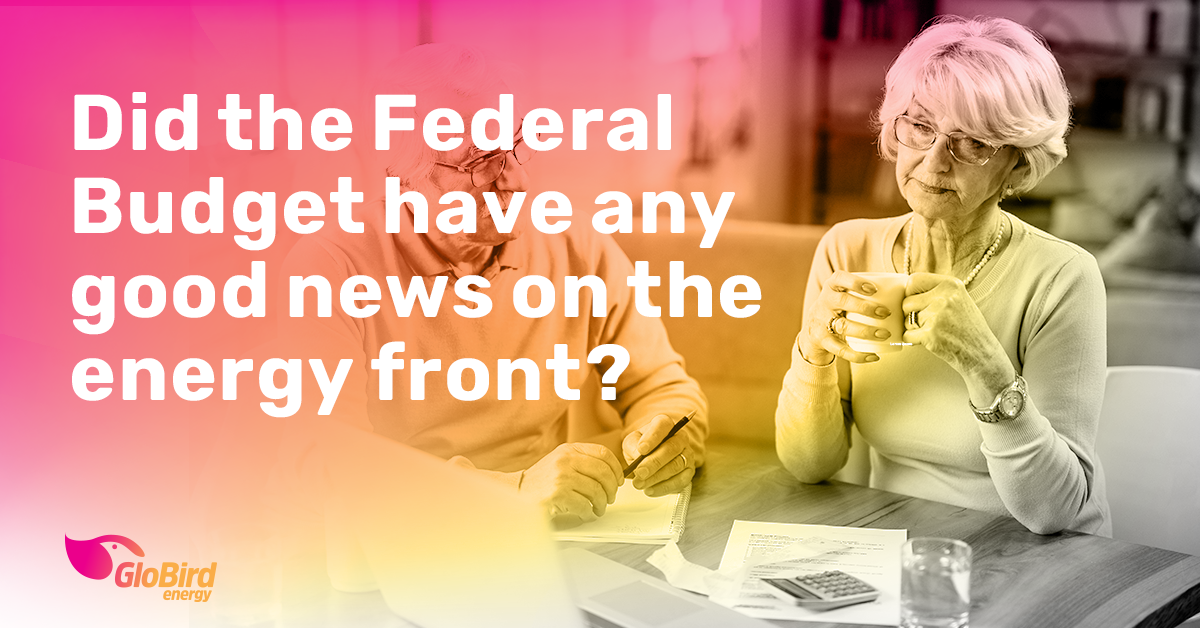Like every other Australian, we hoped that the new Government’s first budget might contain some good news in these times of rising cost of living pressures.
Of course, our focus is specifically on the energy sector, and we can probably summarise it like this: more short-term pain and the promise of long-term gain.
First, the (future) good news
It was no surprise that the Budget included significant investment in supporting the transition of the Australian energy sector from fossil fuels to renewables in pursuit of net zero.
The total commitment is close to $25 billion – if you include the $20 billion in “low-cost” finance being offered to those businesses involved in modernising the electricity grid to accommodate renewable energy generation, transmission, and storage capabilities.
Setting that aside, the remaining $5 billion includes wage subsidies, grants to small and medium enterprises, and assistance to existing power-generating regions.
Energy efficiency grants
A new grant program will be set up to assist small and medium enterprises (SMEs) to improve their energy efficiency.
The program has been allocated $62.6 million in grant funding to cover things like feasibility studies, planning measures, and equipment and facility upgrades.
While the scheme will begin during the current financial year, we don’t yet know when applications will open or what specific upgrades will be eligible.
However, the intent of encouraging and subsidising SMEs to improve energy efficiency, lower emissions, and smooth out power demand is a positive move.
Boosting the workforce and the regions
Another Budget item is $95.6 million in wage subsidies to support 10,000 apprentices through the Government’s New Energy program.
It’s hoped that this will go some way to addressing a current skills shortage in electrical trades while also preparing Australia’s workforce for the needs of a renewable-dependant future.
In addition to boosting the workforce, the Government is attempting to help existing power-generating regions transition to greener options.
The Budget outlined a further $1.9 billion going toward the Powering the Regions Fund, which also looks at opportunities in regional areas new to energy generation (for example, where a large-scale solar energy facility might be located).
The key points in official Budget language
With thanks to KPMG, which has done an amazing job of breaking down all aspects of the Budget, here are five key measures to support the transition to net zero:
– Rewiring the Nation, which allocates $20 billion of finance to rebuild and modernise the electricity grid, to be coordinated by a new Rewiring the Nation Office and delivered via the Clean Energy Finance Corporation.
– Support for energy security and reliability through the National Energy Transformation Partnership ($157.9 million over six years) between the State and Federal Governments, including developing mechanisms for ensuring firming capacity, and managing generator closures.
– Rollout of Community Batteries and Solar Banks ($326.5 million over four years) to ensure wider access to renewable technologies.
– Delivering the Driving the Nation Fund ($275.4 million over 6 years to invest in electric vehicle and hydrogen infrastructure.
– Establishing the Powering the Regions Fund, redirecting existing climate spending towards supporting the new government’s priorities including a reformed Safeguard Mechanism to drive industrial emissions reduction, and assist regions and industry with the transition to net zero.
That’s some decent planning and funding, but we’ll have to wait and see just how it all pans out.
Back to reality: Not a lot of relief in sight on energy
Treasury has warned us all to brace for a sharp increase in energy bills.
Included within Treasury’s budget statement is the estimate that electricity prices will rise by an average of 20 per cent in late 2022, before jumping by a further 30 per cent in 2023-24.
Domestic gas prices are also expected to increase by as much as 40 per cent by the end of 2024, largely attributed to the ongoing war in Ukraine.
“This rise in wholesale electricity and gas prices can be expected to flow through to higher consumer prices as wholesale contracts are renewed,” Treasury notes in its budget statement.
“Domestic wholesale gas prices remain more than double their average prior to Russia’s invasion of Ukraine,” the forecast notes.
There’s no sugar-coating that bitter pill.
While the Prime Minister is still hopeful that the pre-election modelling that had household power bills down by $275 a year by 2025 will eventually play out that way, we’d need to see a huge drop in wholesale prices in addition to the ramping up of the renewably sourced portion of our energy mix.
It might also require some legislative intervention.
Speaking before delivering his Budget, Treasurer Chalmers hinted that the Government would look at placing more regulatory control on the electricity industry.
“I’m not going to pretend that we’re not worried about these electricity prices,” Dr Chalmers said.
“I think any responsible government facing these kinds of price hikes … needs to consider a broader suite of regulatory interventions than they might have considered in years gone by.”
“More will be done, and we’ll have more to say about that in due course,” he added.
Once again, we can only watch and wait …
